
Swinging Through Success: A Review of Marvel’s Spider-Man
Contents
Spider-Man, a beloved superhero icon alongside Batman and Superman, has captivated audiences for generations. With the rise of superhero media, this friendly neighborhood hero’s popularity remains undiminished. Insomniac Games’ Marvel’s Spider-Man offers a new take on the web-slinger’s adventures. Does it live up to the legendary Spider-Man name?
 Alt text: Spider-Man perched atop a building overlooking a vibrant Manhattan cityscape.
Alt text: Spider-Man perched atop a building overlooking a vibrant Manhattan cityscape.
A Vibrant and Dynamic Manhattan
Playing as Peter Parker, also known as Spider-Man, players explore a breathtaking rendition of Manhattan. The city’s skyscrapers, friendly citizens, and menacing villains create a compelling backdrop. Insomniac Games has crafted a meticulously detailed world, with districts mirroring their real-world counterparts, albeit with Marvel universe flourishes. As the narrative progresses, players witness the city’s transformation, evolving from tranquility to a battleground against rising crime.
Citizens react to Spider-Man’s presence with enthusiasm, greeting him, taking photos, and sharing their encounters on social media. Spider-Man can reciprocate with friendly waves and witty banter, adding to his charming persona.
 Alt text: Spider-Man swinging through the city streets at night.
Alt text: Spider-Man swinging through the city streets at night.
The game’s audio design is equally impressive. Yuri Lowenthal’s voice acting for Spider-Man perfectly captures the character’s personality, arguably surpassing previous portrayals. The supporting cast also delivers compelling performances, imbuing each character with distinct emotions and traits. Detailed sound effects and a Hollywood-esque soundtrack enhance the cinematic experience.
A Spider-Man Ripped From the Comics
At 23 years old, Peter Parker has been Spider-Man for eight years. He’s matured, gaining a nuanced perspective on life, while retaining his youthful enthusiasm. Working alongside NYPD Captain Yuri Watanabe, he tackles gang conflicts, assists the police, and rescues civilians, striving to maintain peace in the city.
Marvel’s Spider-Man‘s strength lies not in its predictable plot, but in its compelling character development. The game explores the motivations of both heroes and villains, revealing their interconnected histories and the tragedies that shaped them.
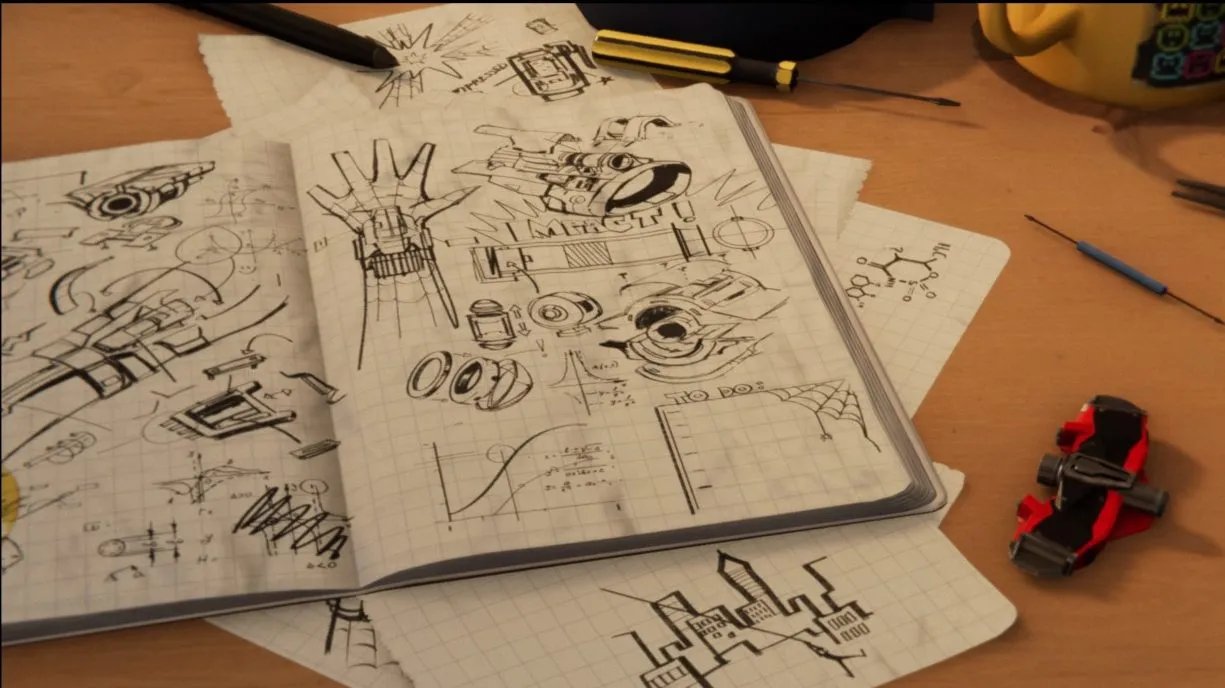 Alt text: Spider-Man confronting an enemy in a dimly lit alleyway.
Alt text: Spider-Man confronting an enemy in a dimly lit alleyway.
Beyond the superhero persona, the game delves into Peter Parker’s daily life, showcasing his relationships and struggles. This portrayal humanizes the iconic hero and reveals his growth over eight years of crime-fighting. Players also control other significant characters in Peter’s life, adding depth to the narrative.
The game captures Spider-Man’s signature humor and bad luck. Witty dialogues with Yuri Watanabe, villains, and Spider-Man’s inner monologues while swinging through the city provide comedic relief. The game also includes humorous references to past Spider-Man adaptations.
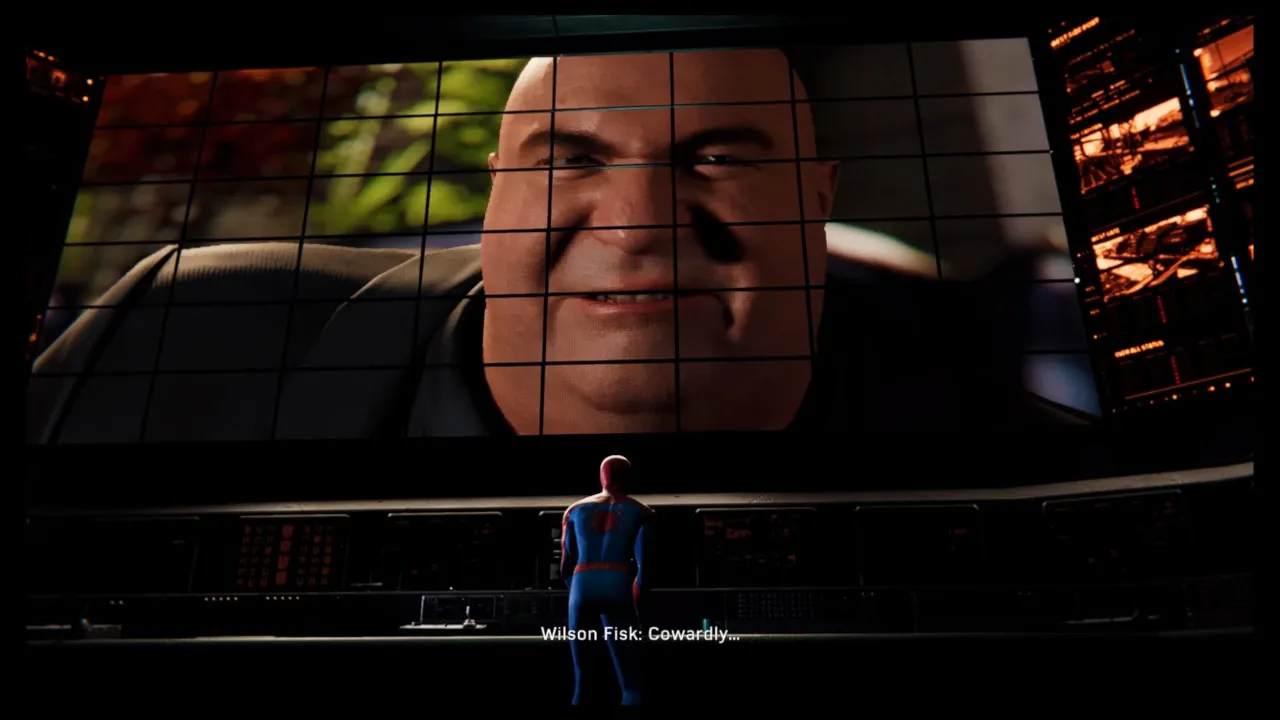 Alt text: Close-up of Spider-Man's mask.
Alt text: Close-up of Spider-Man's mask.
Peter’s misfortunes, affecting his personal life, relationships, and superhero duties, add another layer to his character. While some situations are comical, others evoke empathy for his constant struggles.
Collecting scattered backpacks throughout Manhattan reveals glimpses into Peter’s past, accompanied by his own commentary. The game features a variety of beautifully designed costumes, each with unique abilities.
A Satisfying Gameplay Experience
Marvel’s Spider-Man excels in its gameplay mechanics. Web-swinging is fluid and intuitive, making players feel like the real Spider-Man. While the game offers minimal instruction, the mechanics are easy to grasp and become second nature. Upgrades further enhance the web-swinging experience.
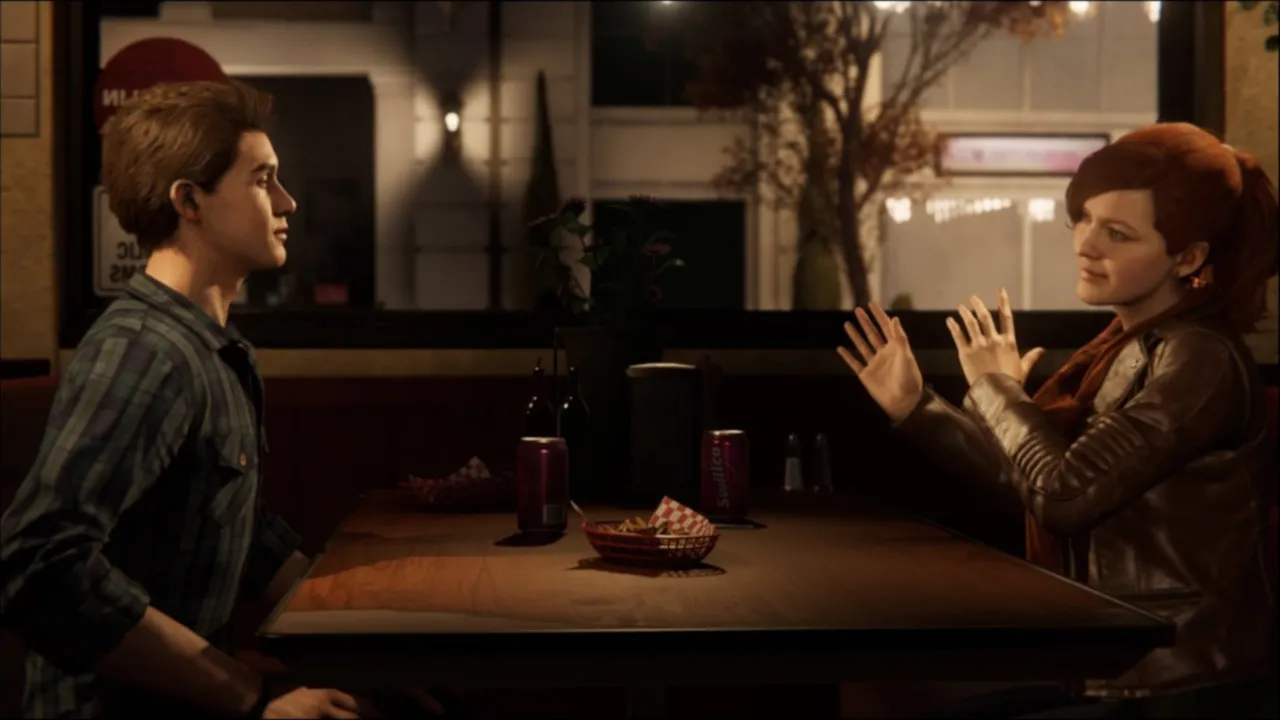 Alt text: Spider-Man using his web-shooters to swing between buildings.
Alt text: Spider-Man using his web-shooters to swing between buildings.
Combat, while reminiscent of the Batman: Arkham series, has its own distinct flavor. Encounters with enemies are frequent, especially towards the end of the game. While enemy variety is limited, each type has unique strengths and weaknesses, requiring players to adapt their strategies.
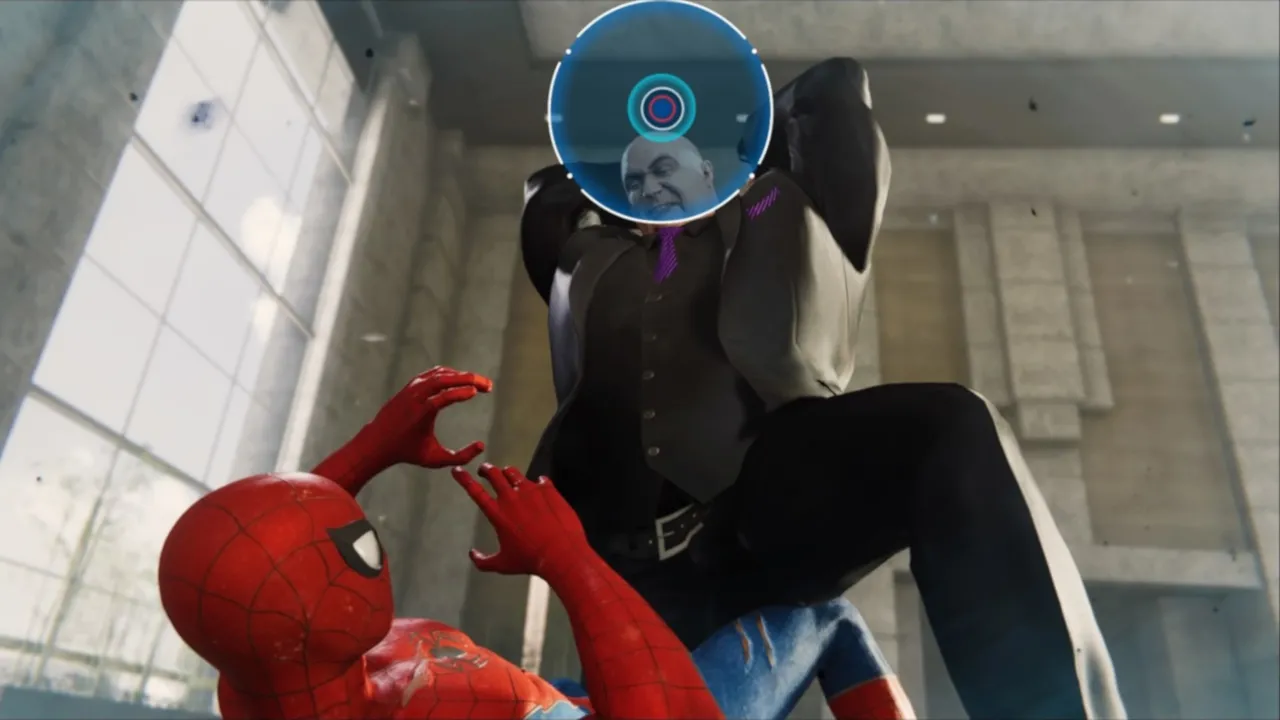 Alt text: Spider-Man battling a group of enemies on a rooftop.
Alt text: Spider-Man battling a group of enemies on a rooftop.
The game’s Spider Sense mechanic allows players to anticipate and react to incoming attacks, encouraging agile combat. Utilizing a variety of gadgets, including web-shooters, impact webs, and web bombs, players can engage in close-quarters combat or take a stealthy approach.
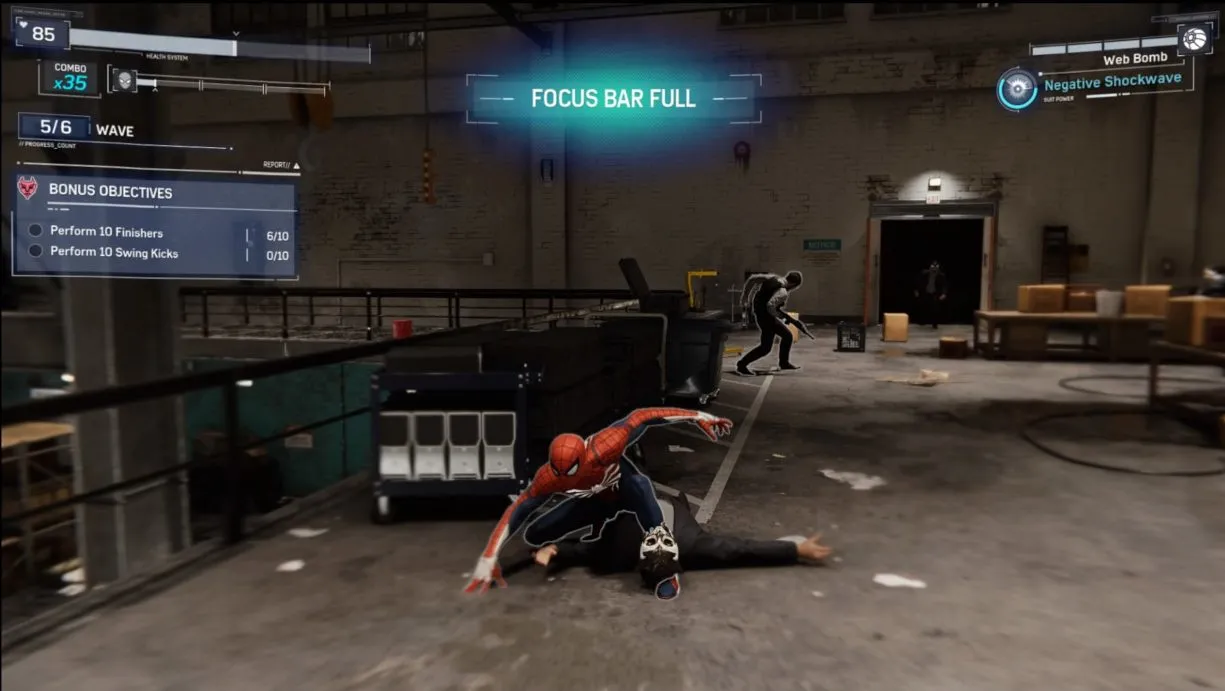 Alt text: Spider-Man using his web-shooters to incapacitate an enemy.
Alt text: Spider-Man using his web-shooters to incapacitate an enemy.
Stealth gameplay, while not groundbreaking, adds variety to the experience. Spider-Man can silently eliminate enemies when undetected. However, in enemy bases, stealth is only effective for the initial wave of enemies.
The game features three skill trees and a wide array of gadgets to unlock and upgrade. Different costumes offer unique abilities and stat modifications, allowing players to customize their playstyle. Collecting tokens through challenges and exploration unlocks new gadgets, costumes, and upgrades.
Frequent Interruptions
Despite its engaging gameplay and polished presentation, Marvel’s Spider-Man suffers from one notable flaw: frequent short cutscenes. While cutscenes are common in Sony games, their implementation in Marvel’s Spider-Man can disrupt the flow of gameplay. These brief interruptions, often lasting only a few seconds, repeatedly occur during both main missions and side quests.
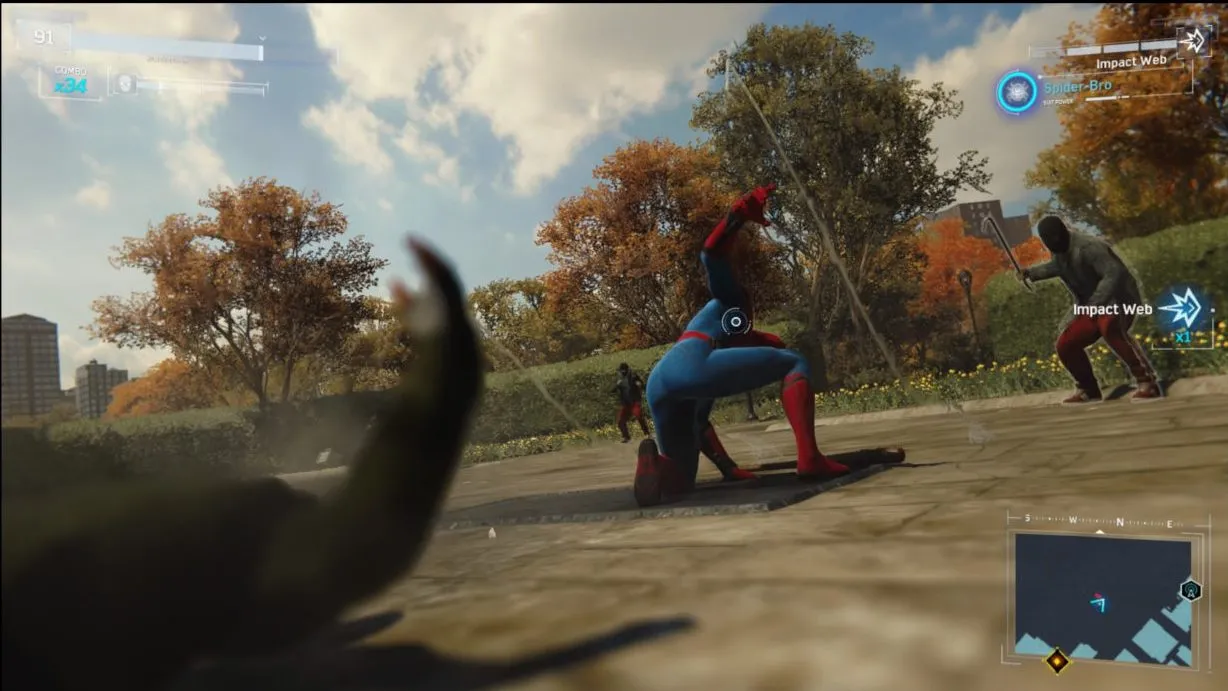 Alt text: Spider-Man using his web-shooters to pull himself towards a building.
Alt text: Spider-Man using his web-shooters to pull himself towards a building.
This issue is apparent from the game’s opening moments. The constant interruptions can detract from the overall experience. Combining these short cutscenes into longer sequences could improve the pacing and maintain player engagement.
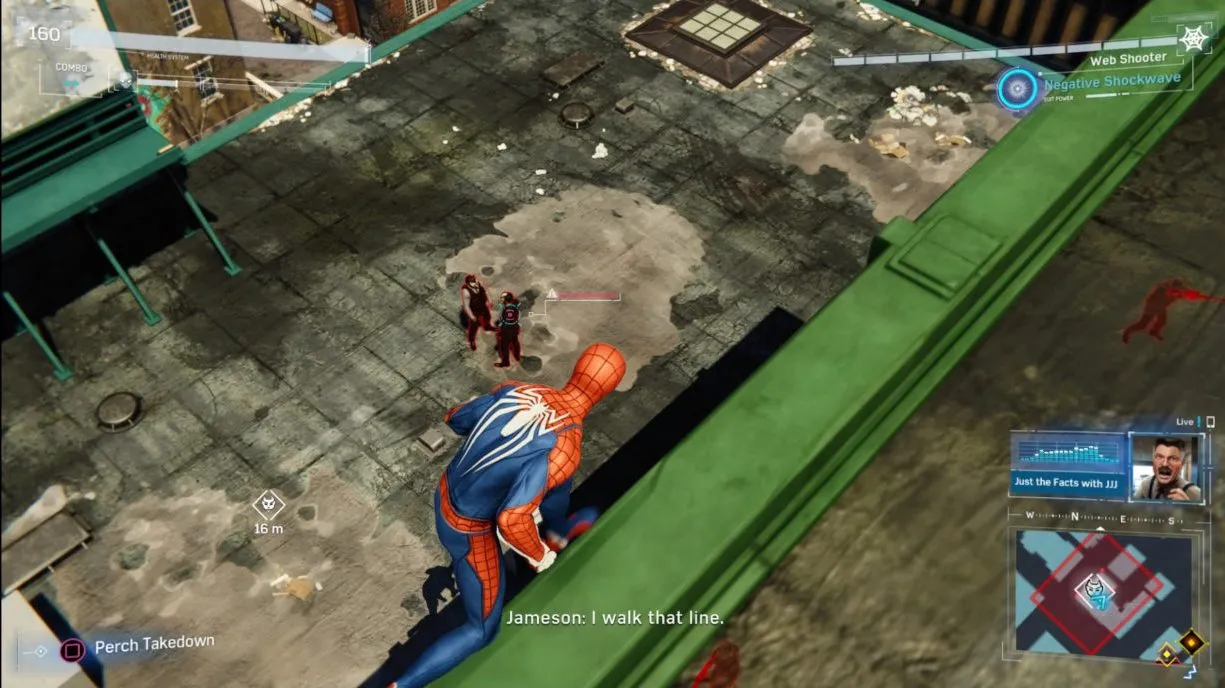 Alt text: Spider-Man clinging to the side of a building.
Alt text: Spider-Man clinging to the side of a building.
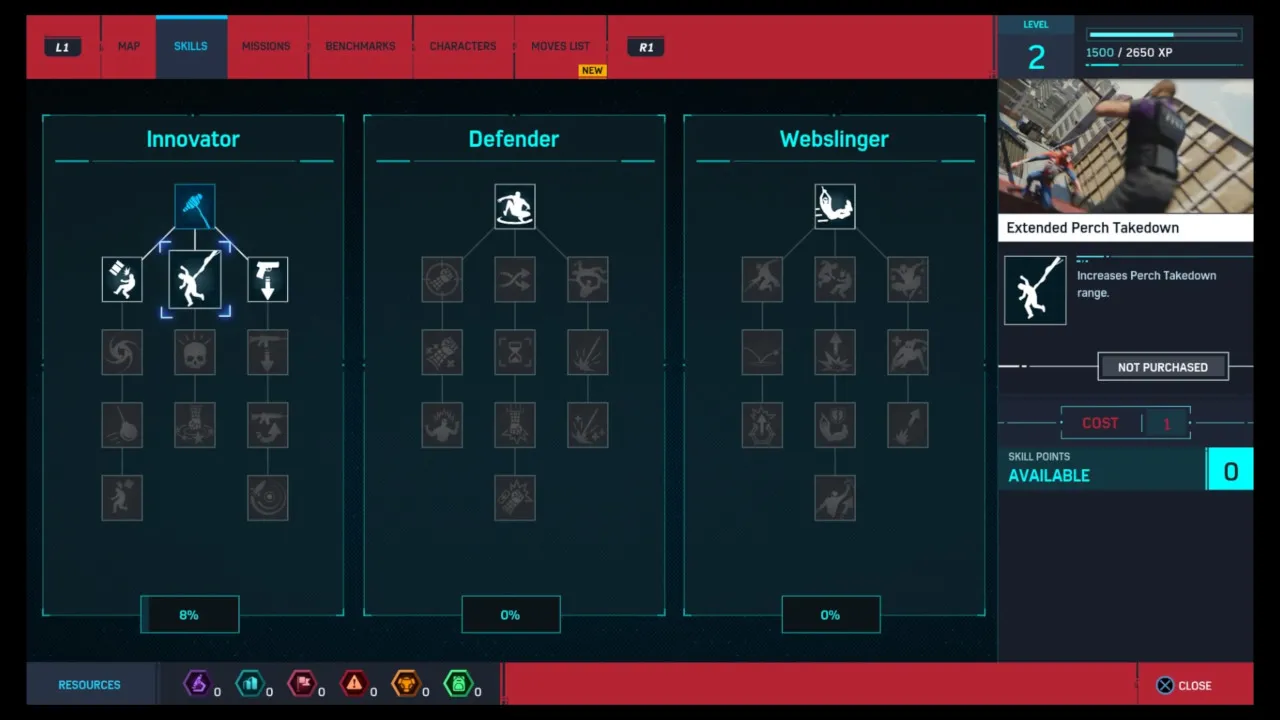 Alt text: Spider-Man examining a piece of technology.
Alt text: Spider-Man examining a piece of technology.





Comments (0)